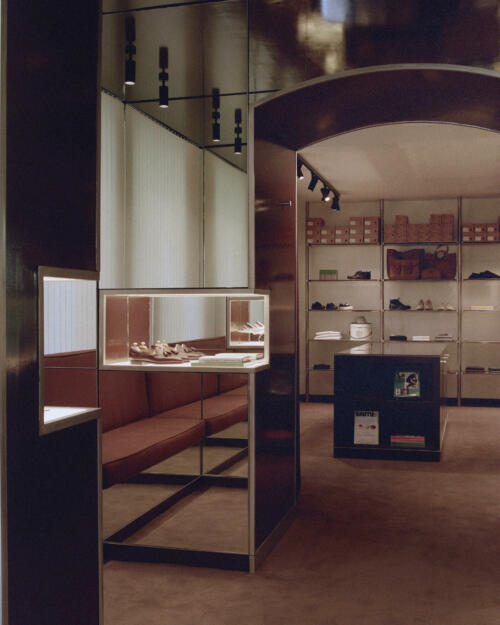A lot of music fans don’t see the point of covers albums. They want the originals, not a bunch of copies. But I’ve always liked them, whether it’s Johnny Cash’s American IV or Rage Against The Machine’s Renegades, because they’re original and reveal things about the artist.
The songs they decide to cover, the way they sequence them on the album, and how they cover them – how faithfully or originally – says a lot about their influences and why they make the music they do.
Take Kicking Against The Pricks by Nick Cave. The appeal is not just that the Bad Seeds make every song sound more dangerous and ominous – more Bad Seeds – it’s the way it reveals how sincerely Cave loves a crooner, even if it is Tom Jones. And how much they’re all influenced by the dark side of country music.
I mention this because I liked the point, and I never really talk about music. But also because I think it’s one way to think about the value of multi-brand shops, of which Beige in Paris is one of the best.
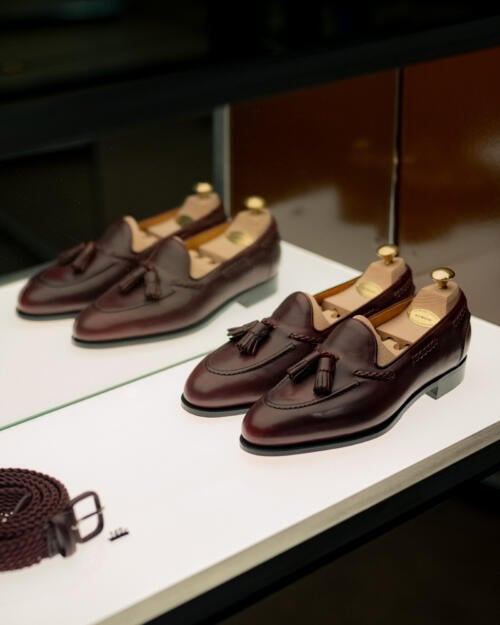
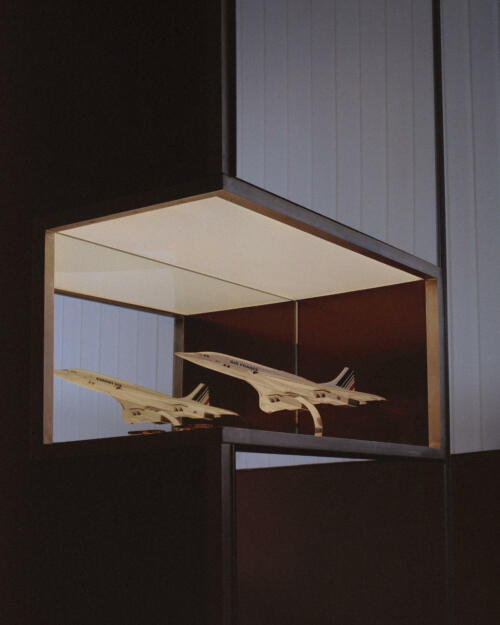
A multi-brand shop – or select store – should have just as much personality as a brand’s shop. It’s just that the personality comes from the combination of the brands they select, the clothes from the brands, and the way those clothes are put together in original, distinct ways.
We all do this – pick clothes from brands and combine them in ways that we think reflects our style – and a multibrand store is no different. Just bigger and often better.
This is communicated in many ways, but often most effectively in the shop’s imagery. The looks below, from Beige lookbooks in 2019 and 2023, could be from no one else. There is a unique mixing of smart and casual and street, refined yet playful.
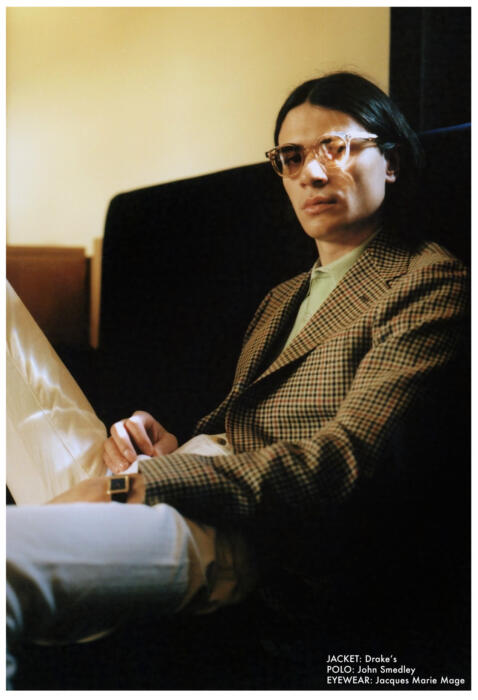
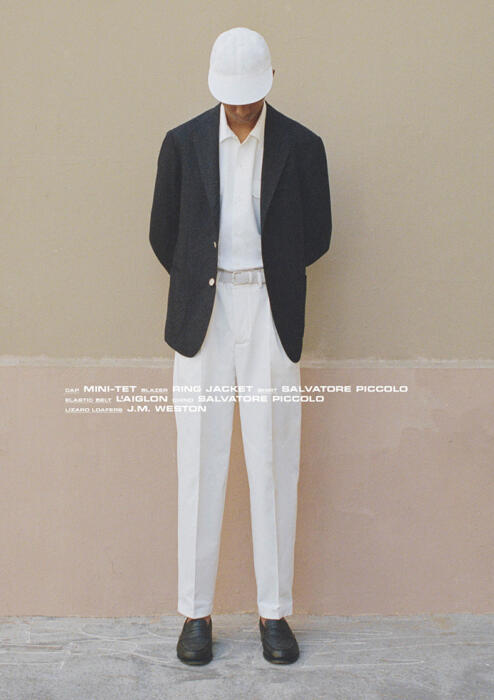
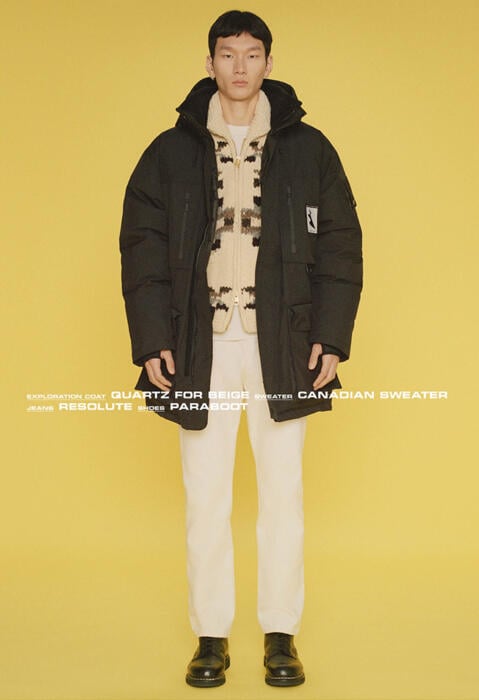
And if you like that look, it’s why you’re interested every time somewhere like Beige starts stocking a new brand. It’s why they’ve been so influential in recent years in bringing brands like Doek and Coherence to wider attention.
There’s nothing to stop other shops then stocking them, but their angle would be only one of convenience – the local place to get the cool thing Beige has – and that’s not much of a foundation for a business (particularly given how important e-commerce is to all these shops).
Then there’s the third part of that trifecta – the clothes picked from the brands. If you walk round the new Beige shop in St Germain, it’s not the brands that stick out but they way they all work together. It’s the particular check on a Justo Gimeno teba, and how well that goes with the black Brady tote and black Quoddy deck shoes.
It feels like a brand much more than a department store.
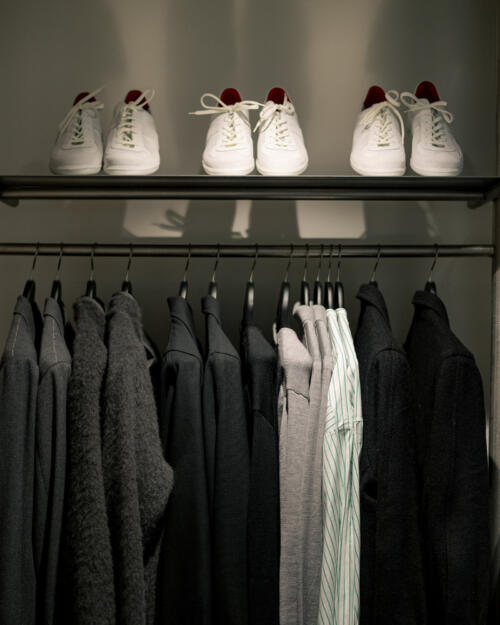
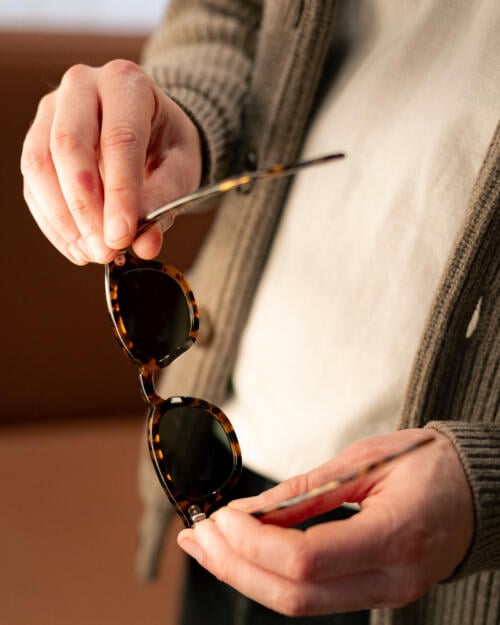
I visited the (relatively new) Beige shop in January, and again in March. This unusual frequency made the experience feel more like that of a local, attracted by a few things on the first visit, then seeing and trying more on the next. Going deeper, understanding more of the style each time and looking forward to what’s next.
I was interested in the Heimat merino thermals the first time, and the Quartz parkas, as neither was a product I’d seen before. The second time it was the sunglasses from Max Pitton and Jacques Marie Marge that caught my eye, and the Quoddy canoe shoes. They were products I already knew, but I started to appreciate Beige’s selection and tweaks to the design (eg the sole and stitching on the Quoddys).
Jacques Marie Marge, by the way, is another of those brands that Beige has been working with for a while but is now everywhere.
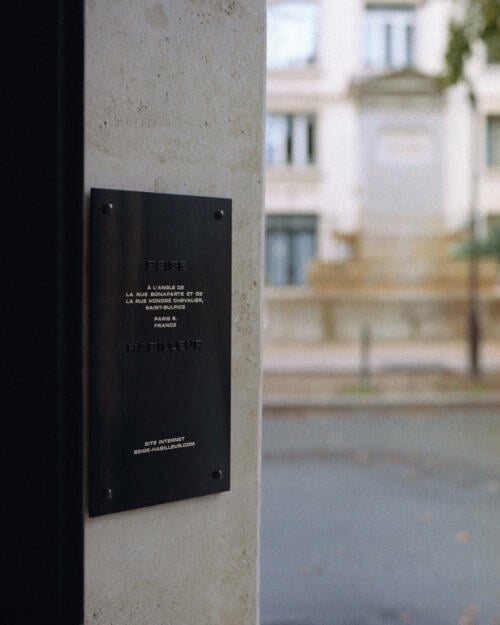
A shop itself should also, ideally, be a reflection of a multi-brand operation’s personality, and the new Beige shop feels like it more than their previous location.
The new one is on the corner of a very Parisian mansion block, in the quiet area of Saint Sulpice. This is the rich part of the Left Bank: liberal but moneyed. The book shops are rare book shops; there’s a good smattering of embassies around the pretty Luxembourg Garden.
“People in this area understand the product,” says Basile (below). “Tebas do well here – it’s the kind of customer that might have gone to Arnys in the past perhaps.
“Where we were in the 16th, it was a little different. Someone might complain that a Shetland sweater was scratchy because they didn’t know what it was.”
That experiment in the 16th arrondissement, far outside of the centre of Paris, was an influential experiment, but everyone has now left (Holiday, Le Vif). “The 16th was fun, and a good place to start,” says Basile. “It was originally just a showroom, though we had so many appointments that we ended up opening every day.”
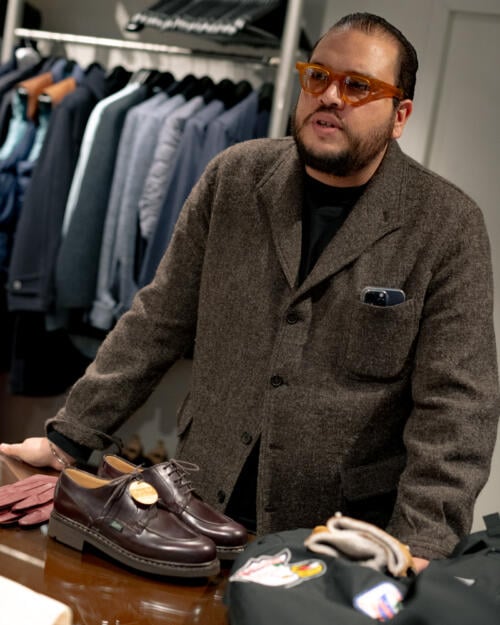
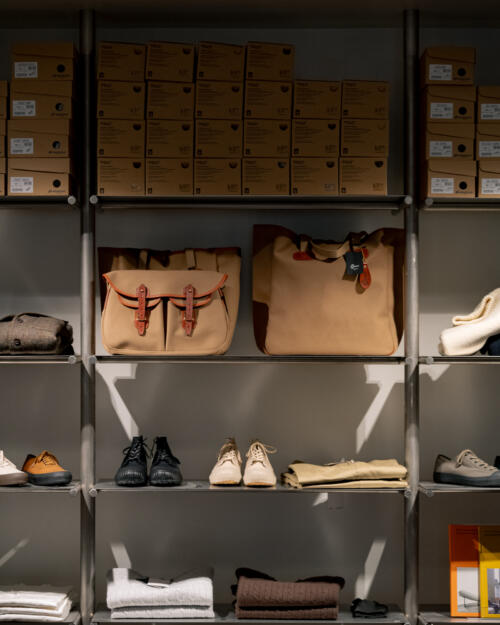
Interestingly, looking back on those early days shows how much Beige has changed – a shop has to evolve with its customers, just like an individual. “Originally the selection was very based around tailoring – Ring Jacket suits, Drake’s ties – and that was quite rebellious in Paris at the time,” says Basile.
“Now we’re more casual, comfy, practical – but there’s always the same approach to the brands.”
A good example is those Quartz parkas, which originated with a chance meeting between Basile and the Montreal-based maker. “We changed a few things to make them more us, and to make them more practical for city wear. We added contrast panels and changed the fill power from 800 to 650, says Basile.” The former was designed to withstand temperatures of -50C, so probably overkill for Paris.
Other brands it’s worth looking at are Rier, whose pieces are quite modern-looking sportswear but made in 100% wool where most are synthetic. And Bunney, an English jewellery maker that is only sold at Beige in France.
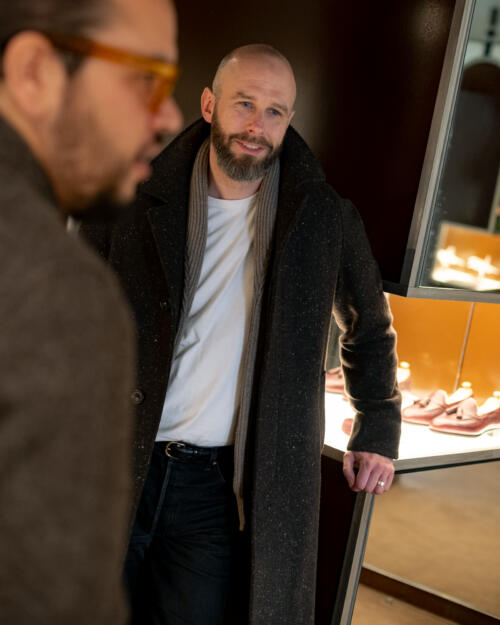
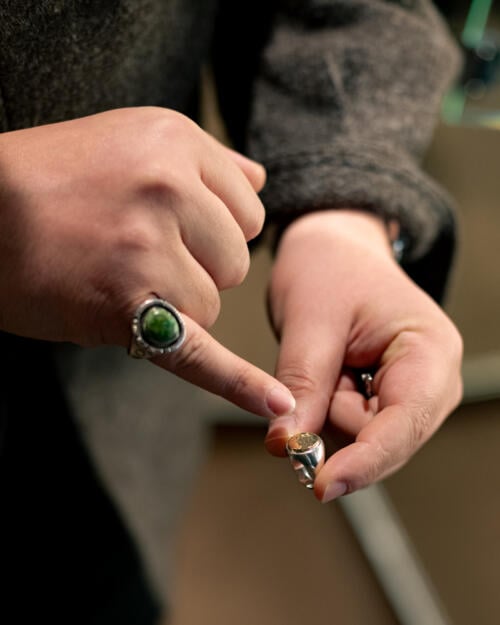
Hopefully, I’ll be back in Paris before the end of the year and be able to see how various projects Basile mentioned have come to fruition: new brands, new products, new styles.
This is the pleasure of a multi-brand shop, and as we’ve written before, there are fewer and fewer good ones around.
The Paris Shopping Guide is in the process of being updated, and will be republished in the next week or two.
All the historical Beige Lookbooks are available online, which is nice. See them here.
www.beige-habilleur.com
